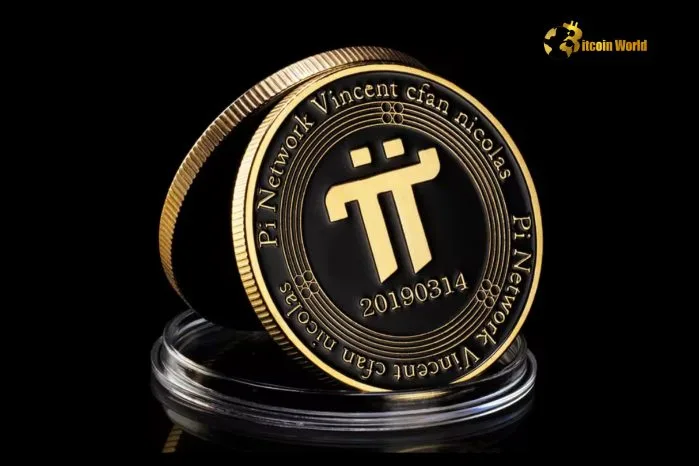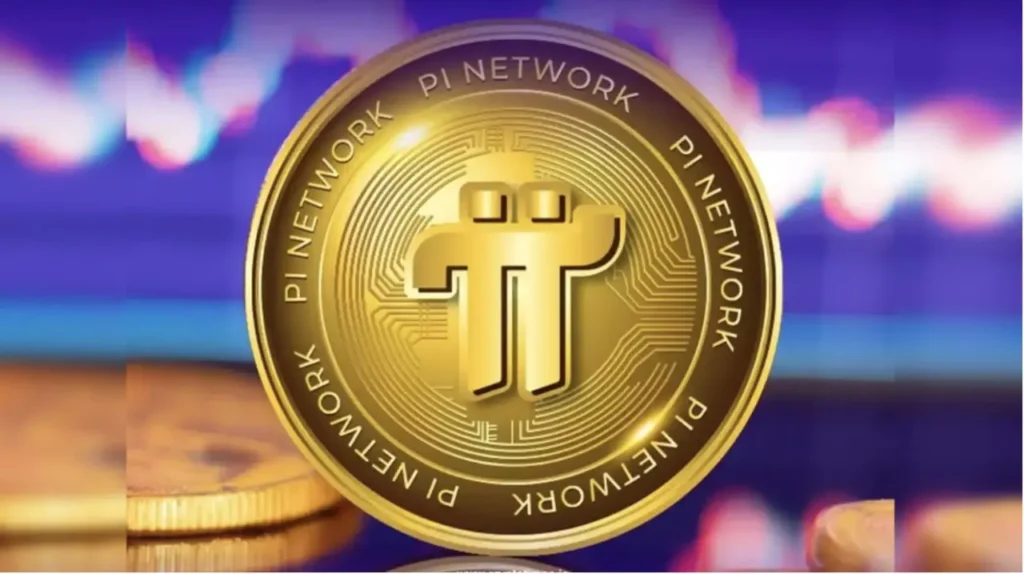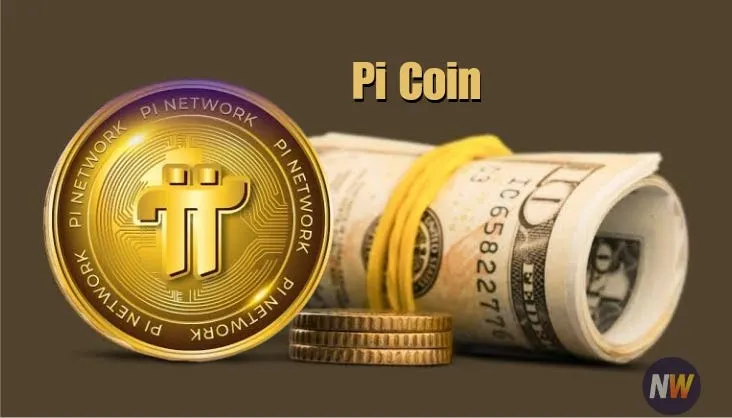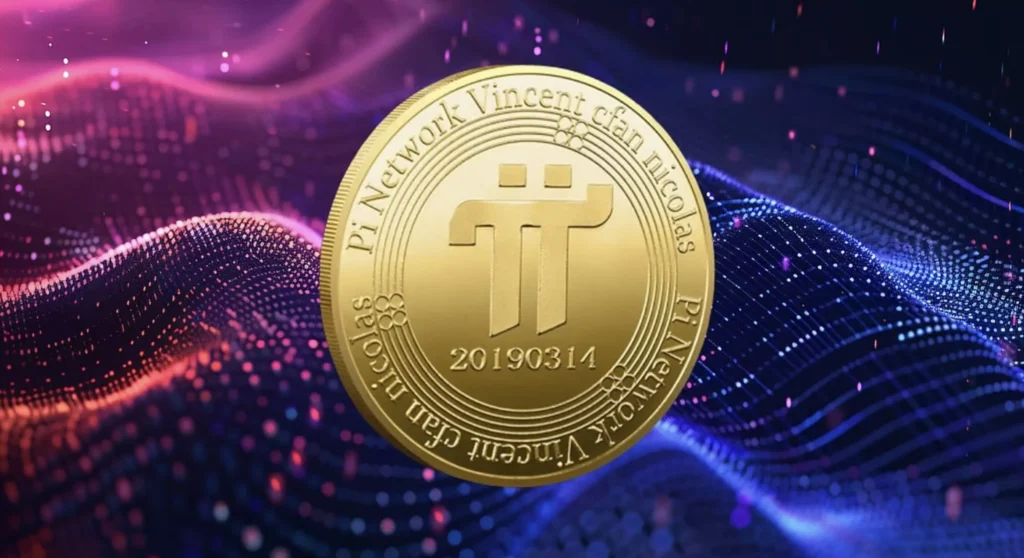Pi Network Price Prediction: Will the Slide Continue into 2030?
Let’s face it — crypto’s full of surprises, but the Pi Network price prediction rollercoaster has caught even seasoned watchers off guard. What began as an ambitious, mobile-first crypto project with millions of early adopters now finds itself in a strange limbo: the coin is dropping, trading remains limited, and confidence? Well, it’s shaky.
But before we write the Pi obituary, let’s take a deeper look at what’s happening, what analysts are saying, and where this all might be heading between now and 2030.

Credit from : Bitcoin World
Why Is Pi Coin Dropping Now?
Alright, let’s break it down — because a lot of people are wondering the same thing: what happened to Pi Coin?
Back in 2019, Pi Network launched with a bold promise: to make mining accessible to anyone with a smartphone. No high-end GPUs, no fancy rigs — just a few taps a day. And honestly, it worked, at least at first. Millions joined in. Communities grew. The app felt like the next big thing.
But as of mid-2025, the coin’s value has taken a noticeable hit. According to CoinDCX, a major reason is the lack of an open exchange listing. The coin still can’t be freely traded on global platforms like Binance or Coinbase — which has basically kneecapped liquidity and real-world demand.
Plus, there’s been ongoing frustration around mainnet delays. Pi’s team has been teasing the open mainnet launch for years now. Each time a date slips, public trust takes another dent. Add to that a massive overhang of mined but “locked” tokens, and you’ve got a recipe for downward pressure.
Pi Network Price Prediction 2025: A Mild Rebound or Just Noise?
Let’s say the open mainnet finally launches in 2025. What then?
According to Changelly’s latest analysis, if the mainnet rolls out and Pi secures some major exchange listings, the price could start hovering between $0.18 and $0.40 by late 2025. Not massive growth, but a possible recovery from current lows.
However — and this is important — that forecast comes with conditions. As Changelly points out, actual adoption needs to follow. Not just headlines or Twitter buzz, but people using Pi for real stuff. If the token remains a kind of locked-up collectible, the market probably won’t respond well, even with listings.
On the flip side, if Pi Coin’s rollout keeps getting postponed into next year, prices could dip below $0.10, warns Coinpedia. That’s when even long-time believers might throw in the towel.

Credit from : Pintu
2026–2027: The Crossroads Years for Pi Network?
Let’s be real here — 2026 and 2027 are probably the do-or-die years for Pi.
By then, either the open mainnet will be live with actual users and functional apps… or the project will be stuck in an endless beta loop. Most likely, it won’t stay in this gray zone forever.
So what do predictions say?
The team at CoinDCX suggests that if the roadmap is met and Pi becomes usable for microtransactions or DeFi applications, we could see prices climb to $0.60–$0.80 by late 2027. That’s not earth-shattering, but it’s progress.
However, they also warn that community fatigue is very real. If people feel like they’ve waited too long for too little, the ecosystem might collapse from within. Think about all those millions of users who’ve been tapping that button daily for five years straight. What happens if they just… stop?

Credit from : Medium
What Could Drive the Pi Coin Back Up?
Let’s shift gears a bit. We’ve talked about what’s dragging Pi down — but what could bring it back?
Here’s a shortlist of possible drivers, based on analysis from Changelly and CoinDCX:
- Exchange Listings: The big one. If Pi hits platforms like Binance, OKX, or even Robinhood, liquidity would skyrocket. That alone could attract speculative volume.
- DApp Ecosystem Growth: Right now, Pi doesn’t do much. If developers start launching actual apps — games, social tokens, payment systems — it could change the narrative fast.
- Merchant Adoption: If enough small businesses (especially in Asia or Africa) start accepting Pi for payment, that could help shift its image from “app token” to “real crypto.”
These are all ifs — but they’re not impossible. The question is whether the Pi core team can move fast enough to make them real before user interest fades completely.
2028–2030: The Long-Term Pi Network Price Prediction
So let’s zoom out. What does the long view look like?
According to a longer-range estimate by Coinpedia, Pi could reach $1.00 to $1.50 by 2030 if it meets several benchmarks:
- Widespread open mainnet adoption
- Robust app and user ecosystem
- Global partnerships in payments or services
But even that optimistic take includes caution. Remember: Pi’s user base is enormous, and a huge number of tokens are still locked up. If those all hit the market at once — especially without strong demand — it could flatten prices for years.
Plus, there’s always the chance that something newer, flashier, or more open-source comes along and eats Pi’s lunch. That’s crypto for you.

Credit from : Atoz Market
The Human Side: Frustration, Hope, and “Wait and See”
Look, price predictions are fine — but what really shapes Pi’s future is its community.
And right now, that community is getting restless.
Scroll through Reddit, Telegram, or even Twitter and you’ll see a split. Some still believe Pi is going to change everything. Others are venting frustration: “Where’s the exchange listing?” “When will I actually use this thing?” “Was it all just a gimmick?”
That emotional layer matters. It’s what drives retention, evangelism, and—ultimately—price. If Pi wants to be more than a mobile mining app, it’s going to need to rebuild trust with the people who stuck around this long.
Final Thoughts: Pi Network Price Prediction Is About More Than Numbers
So, what’s the real Pi Network price prediction from 2025 to 2030?
Honestly, it’s still up in the air. There’s no single chart or metric that can predict whether Pi will bounce back or slowly fade into irrelevance. But here’s what’s clear: the next 12–24 months will likely decide its fate.
If the core team delivers, exchanges jump in, and real usage takes off — Pi could surprise us all.
But if delays drag on and users drift away, the fall we’re seeing now may just be the beginning.
At this point, it’s not just about price — it’s about trust, momentum, and proving the dream was more than just clicks on a screen.



